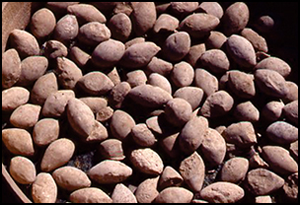Published online by Cambridge University Press: 28 May 2021

Burial mounds piled high with enemy corpses are well known in Mesopotamian inscriptions as symbols of victory, but no archaeological examples have so far been recovered. Archaeological investigations of a tall mound adjacent to the site of Tell Banat in Syria have revealed an unusual, late third-millennium BC mortuary population, dominated by adult and sub-adult males. The systematic placement of these human remains and associated assemblages suggests that, rather than containing enemy combatants, this was a memorial to a community's battle dead. The authors propose that the deceased belonged to an organised army, with broader implications for state administration and the adherence or resistance to a new regime fostered by such monumentalisation.